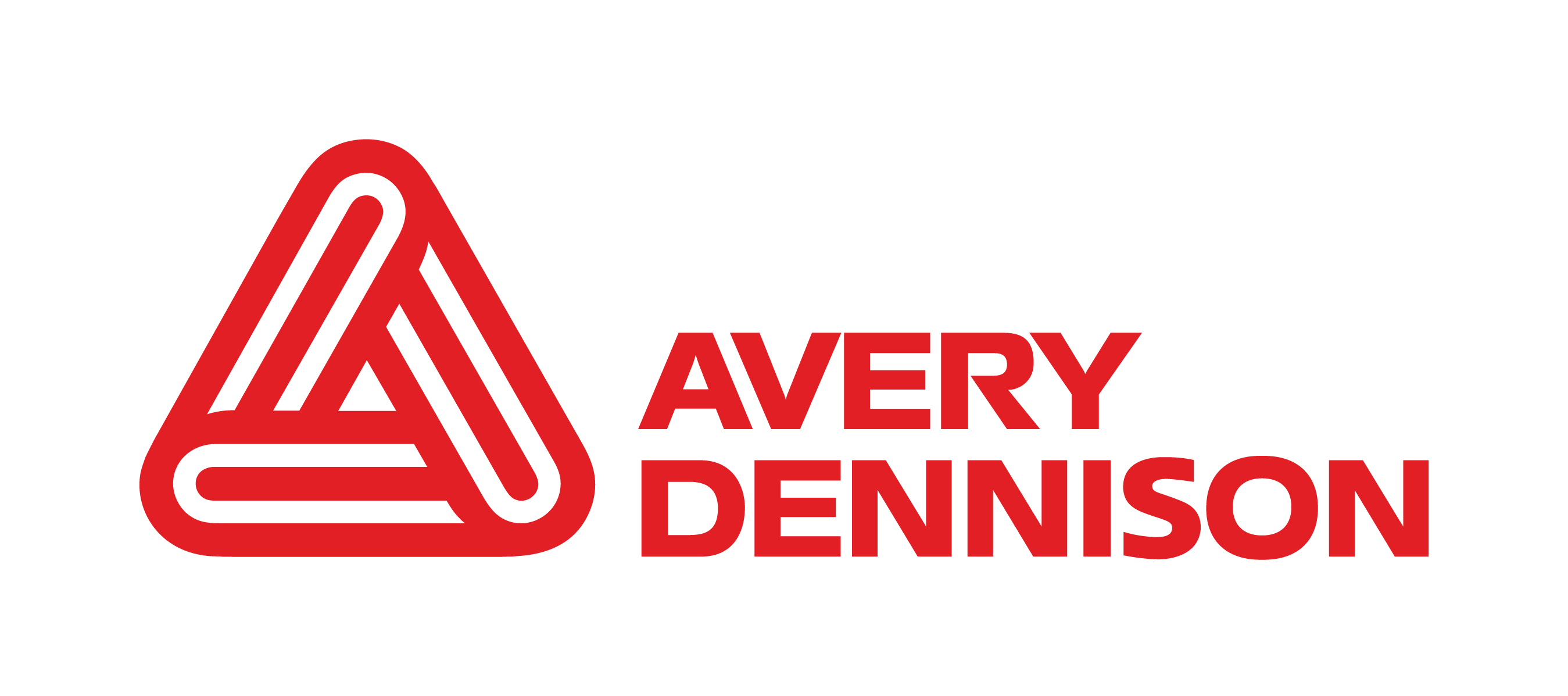Here’s how PSLs help brands balance cost and sustainability:
1. Operational Efficiency
PSLs reduce manufacturing complexities due to advanced application methods, improving overall production time and costs.
2. Lower Environmental Impact
By using thinner materials and wash-off adhesives, PSLs reduce waste and facilitate better recyclability for Glass, PET and HDPE containers.
3. Premium Shelf Appeal
Offering a high-end feel and better design customizability, PSLs can drive higher sales.
4. Future-Proofing Your Brand
Gradual integration of PSLs ensures preparedness for evolving regulatory frameworks and establishes a proactive sustainability narrative.








